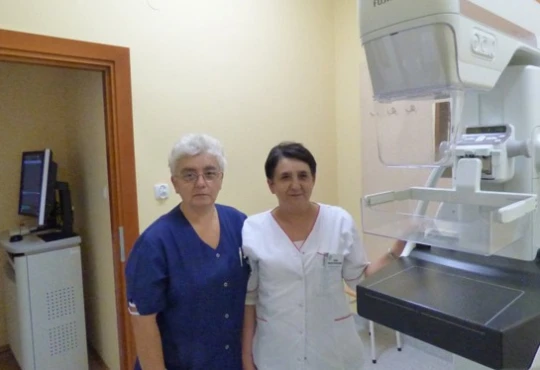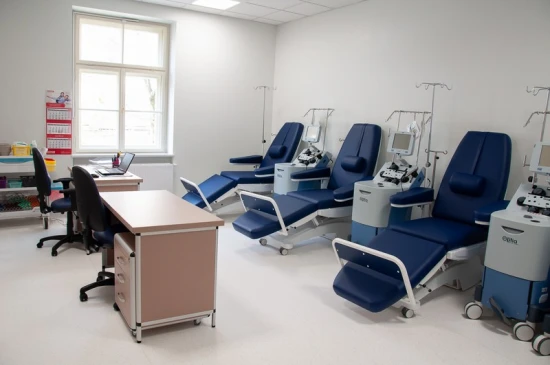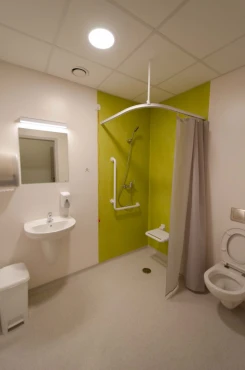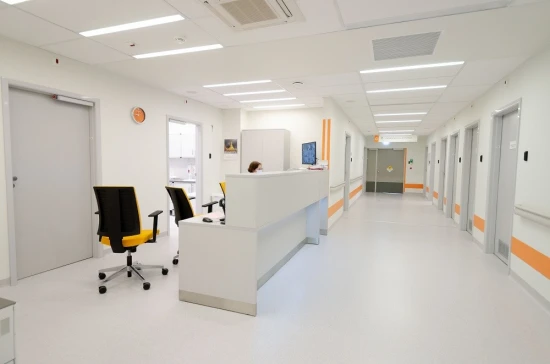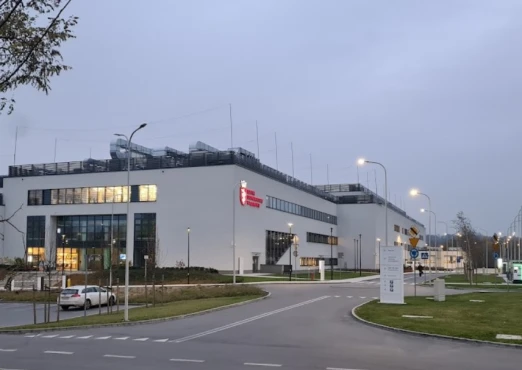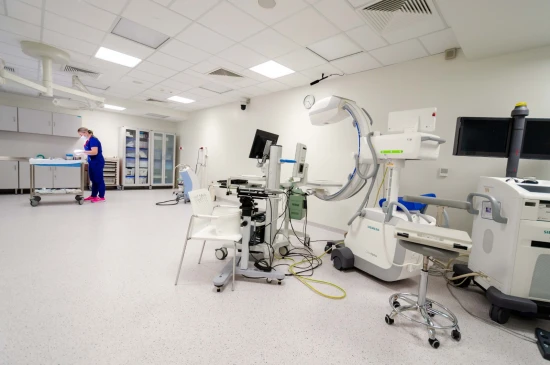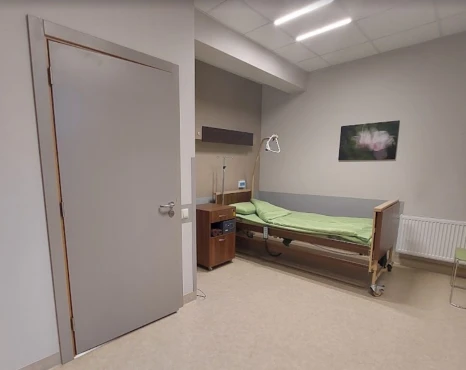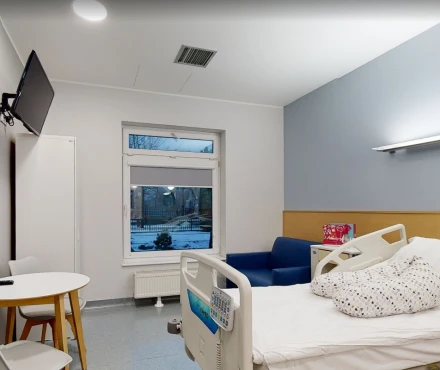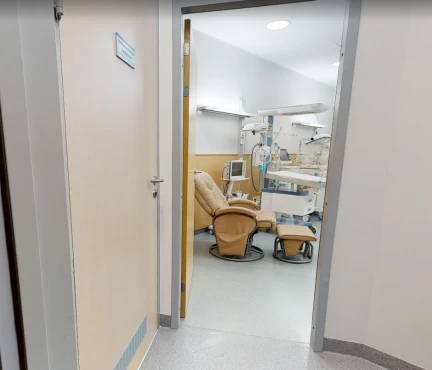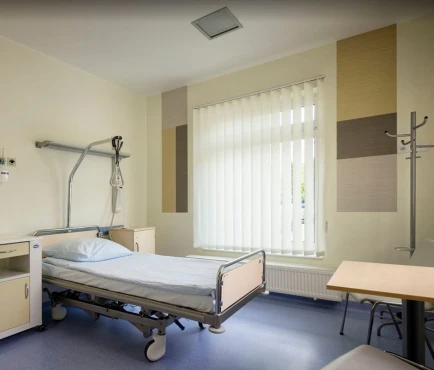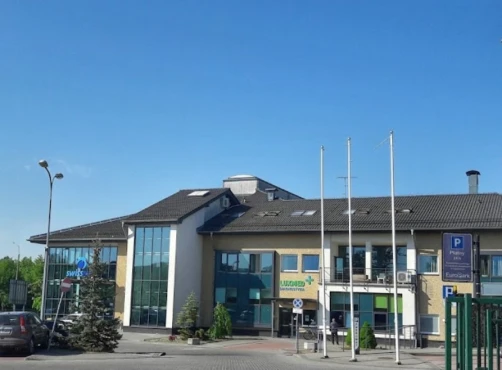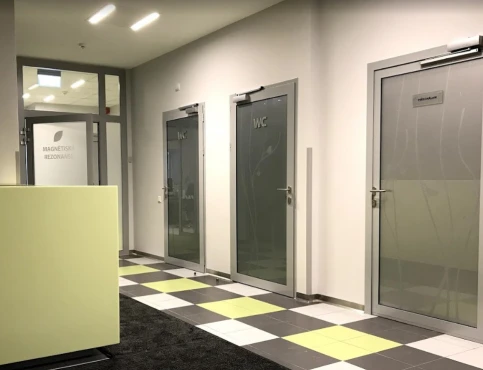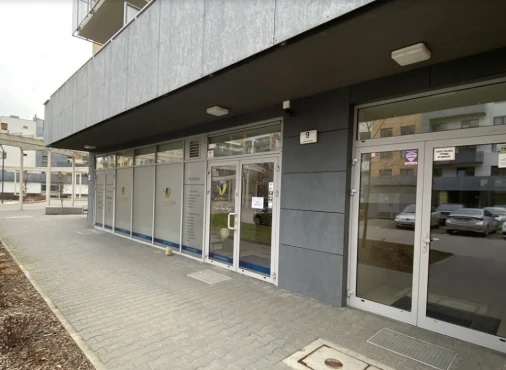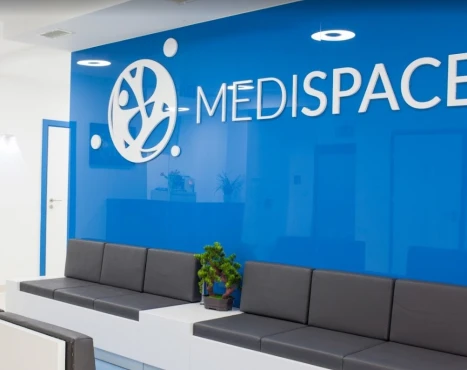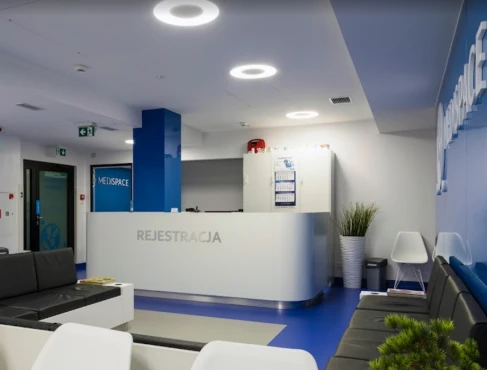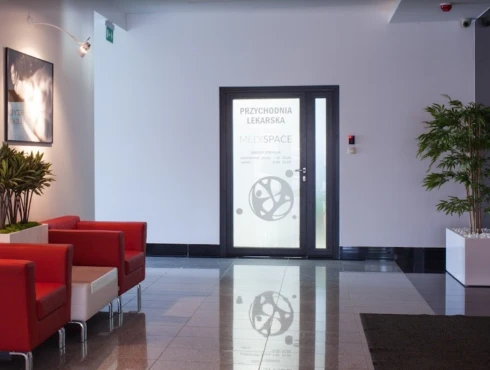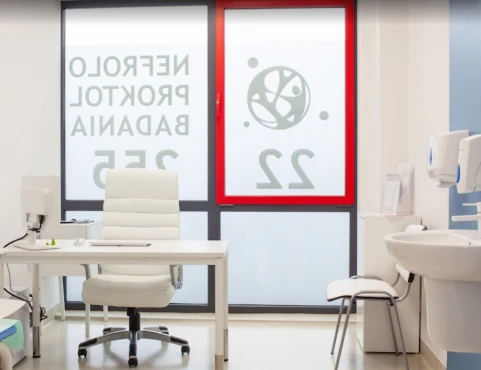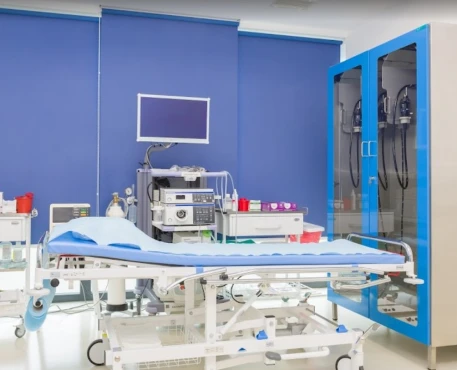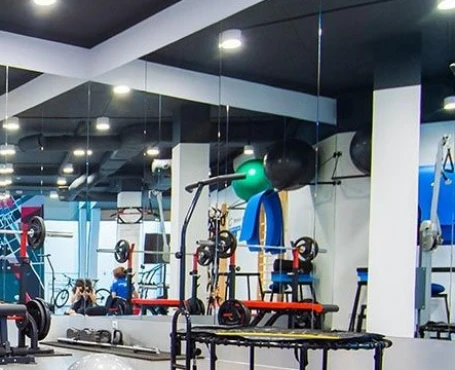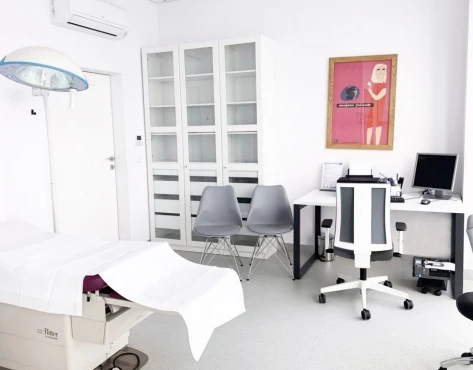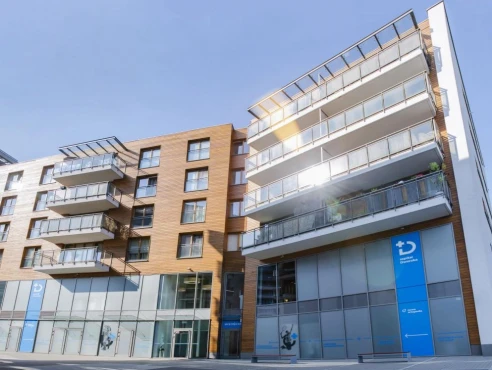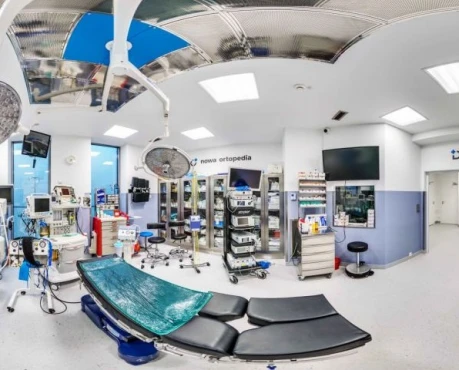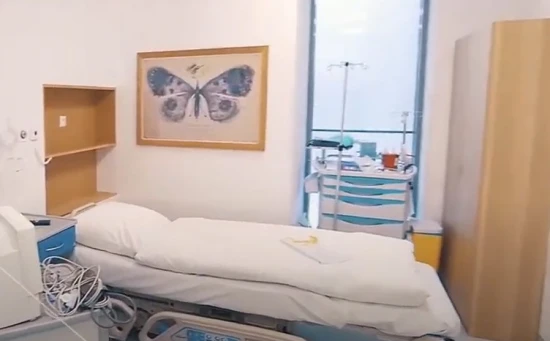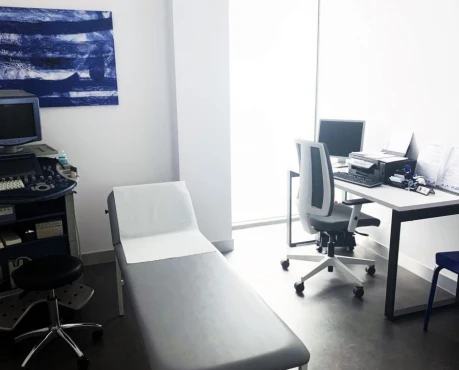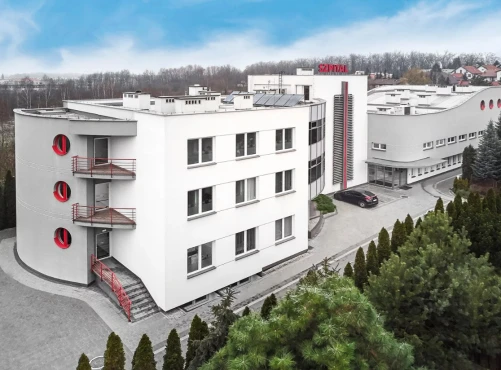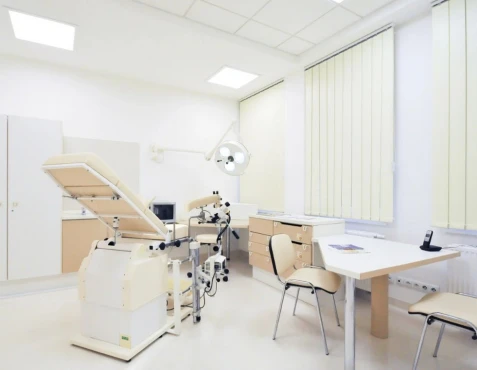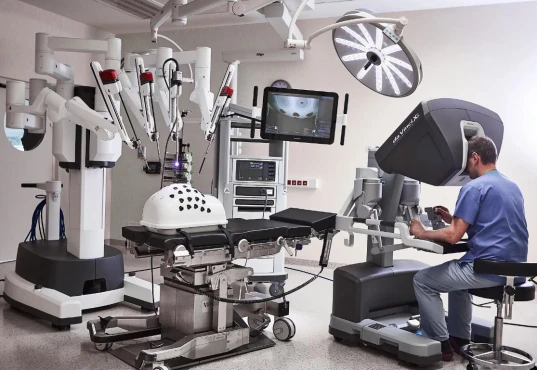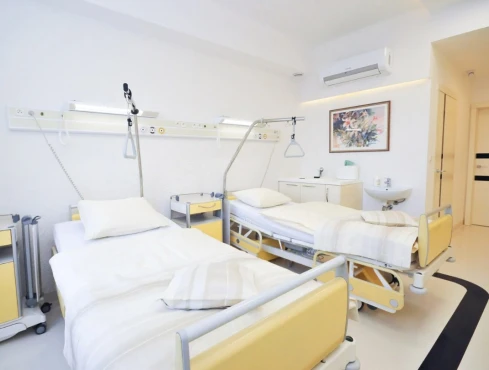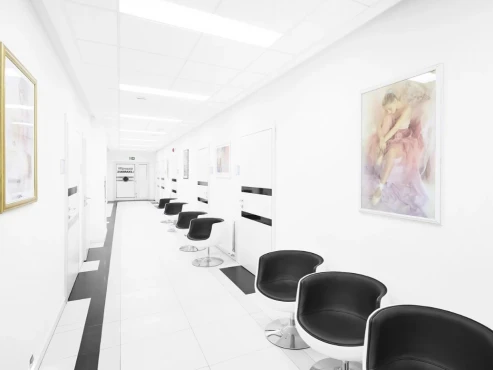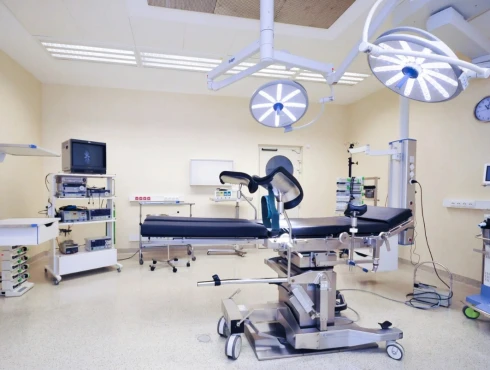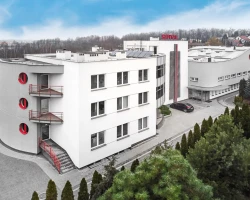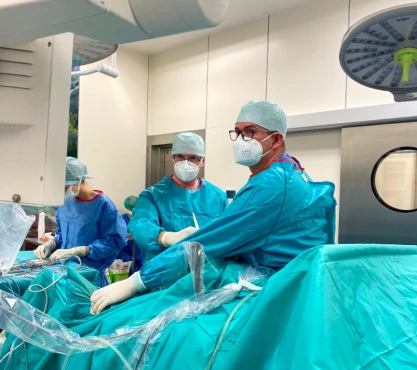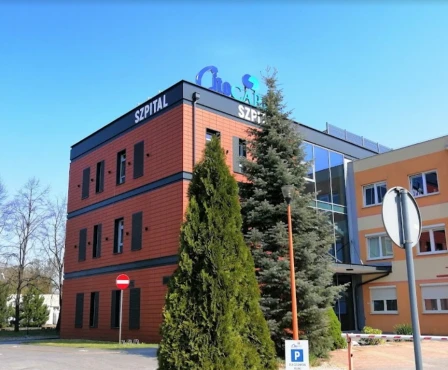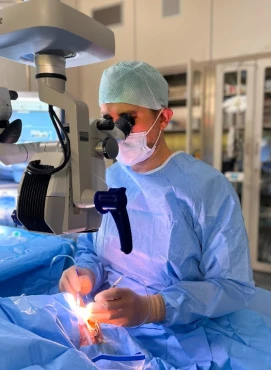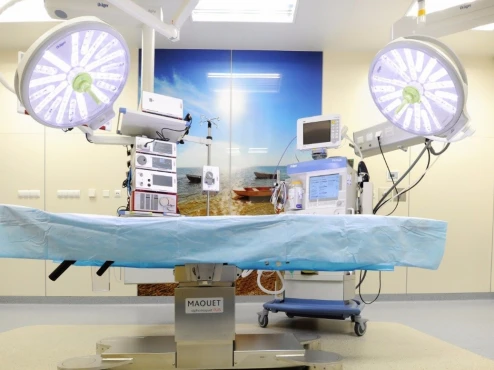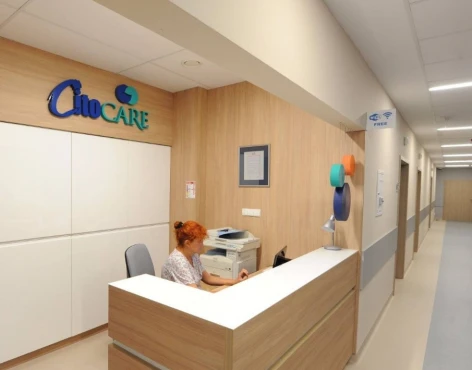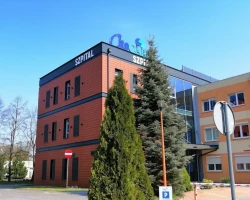Thoracic aortic aneurysm (TAA) treatment in 2 Vascular surgery clinics in Poland
2 clinics specializing in Vascular surgery providing treatment of
Thoracic aortic aneurysm (TAA)
Thoracic aortic aneurysm (TAA) is a condition where the aorta's walls in the chest weaken and bulge, potentially leading to life-threatening complications if the aneurysm ruptures. Surveillance and, if necessary, surgical intervention are vital for managing TAA.
Read more...
disease in Poland.
Sorted by:
Relevance
Rating
Relevance
Prices for popular procedures:
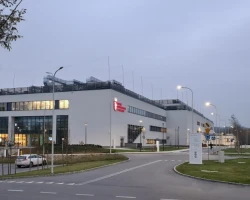
Kraków, Poland
Specializations: Cardiac surgery, Vascular surgery, Thoracic surgery, Neurosurgery, Spine surgery, Orthopedic surgery, Oncology
The University Hospital in Krakow is a leading medical centre on the national scale, with rich longstanding traditions. Its renown has been built over decades
read more
Nearby clinics in Poland
Perhaps you should consider the following clinics we have found nearby basing on your Location, Disease filters applied.
Prices for popular procedures:

Gdańsk, Poland
Specializations: Vascular surgery, Thoracic surgery, Neurosurgery, Spine surgery, Orthopedic surgery, Oncology
Swissmed Centrum Zdrowia SA is a dynamically developing medical organization operating in Gdańsk since 1996. The company was founded by combining the knowledge and experience
read more
Prices for popular procedures:
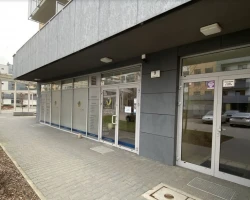
Wrocław, Poland
Specializations: Cardiac surgery, Vascular surgery, Thoracic surgery, Orthopedic surgery, Oncology
Languages: English
Golden Care ® Medical Care in Wrocław is a network of comfortable and intimate facilities operating since 2011, which provides specialist and comprehensive medical
read more
Prices for popular procedures:
Prices for popular procedures:
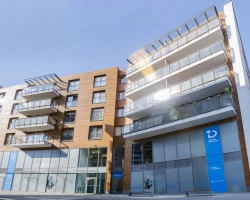
Kraków, Poland
Specializations: Vascular surgery, Thoracic surgery, Neurosurgery, Spine surgery, Orthopedic surgery, Oncology
Dworska Hospital is a private medical facility that uses a comprehensive combination of various medical procedures in one place, thus ensuring comfort and efficiency in
read more
Prices for popular procedures:
Prices for popular procedures:
Clinics grouping by rating
Clinic with the highest rating of 3.3 — Pleszewskie Centrum Medyczne w Pleszewie in Pleszew, Poland, clinic with the most reviews number of 609 — University Hospital in Kraków in Kraków, Poland.
Countries with the highest number of clinics treating the diseases:
Thoracic aortic aneurysm (TAA):
worldwide
521 clinics
Germany
40 clinics
India
33 clinics
Brazil
24 clinics
Turkey
22 clinics
Colombia
19 clinics
Related procedures:
Procedures are likely to be used for Thoracic aortic aneurysm (TAA) treatment:
Thoracic aortic aneurysm surgery
and
Thoracic endovascular aneurysm repair (TEVAR)
.

